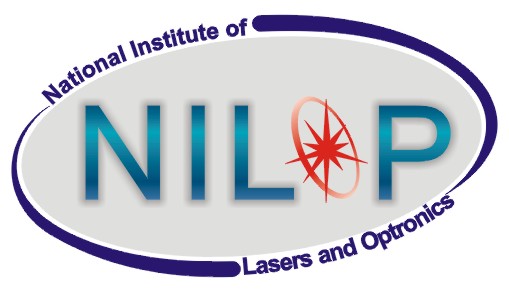

|
National Institute of Lasers and Optronics |
Spectroscopy DivisionMaterial DivisionOptronics DivisionAgriculture and Biophotonics DivisionLaser Development Division
Technical Services Division |
Plasmonics & Metamaterials GroupIn 1968 Victor Veselago, a Russian physicist, predicted that it is possible to develop a material that acts in the exact opposite manner of natural materials. Dr. John Pendry, who is still a leading figure in metamaterials research in London, gave Thin Wire (TW) array structure exhibiting negative permittivity in 1998. He also demonstrated Split Ring Resonator (SRR) array structure having negative permeability in 1999. The first metamaterials having simultaneous negative permittivity and permeability were demonstrated by Smith and colleagues at UCSD in May 2000 and April 2001. The main metamaterial building blocks are the combinations and different arrangements comprising of SRRs, TWs, Complementary SRRs and Slot lines. Metamaterials utilize negative electric permittivity and negative magnetic permeability to control wave propagation. Some of the applications include novel microwave lenses, antennas, filters, miniaturized waveguides and transmission lines. Another prominent application is the designing of invisibility cloaks. The electronics is limited by the RC delays while the photonics is limited by the diffraction. Plasmonics promises to surpass both of these limits. This could lead to miniaturized high speed photonic circuits with length scales that are much smaller than those currently achieved. Plasmonics is also known as "Light on a Wire". Surface plasmons are being explored for their potential in subwavelength optics, data storage light generation, transmission, focusing and guiding. It promises subwavelength microscopy and many applications in bio-photonics and bio-sensing. |
|
Equipment
|
|
|
Recent activities
|
||